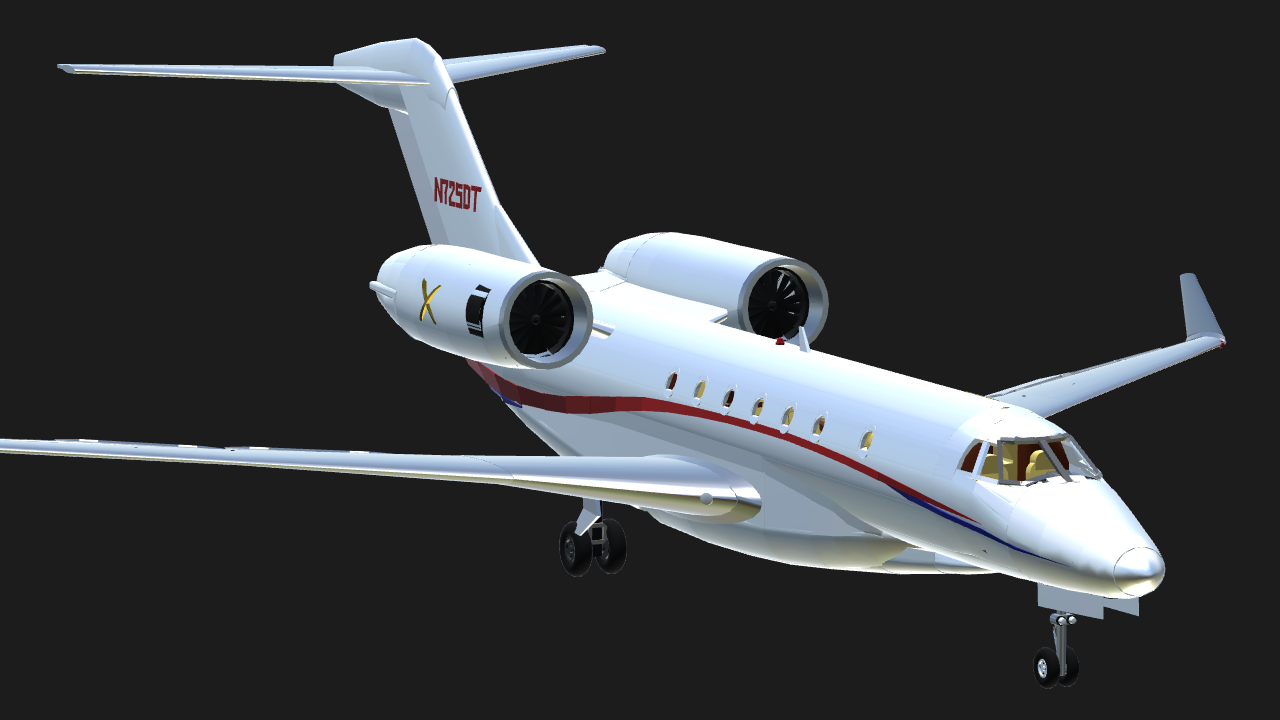

Granted, Textron endeavored to improve passenger comfort by stretching the fuselage on the X+, yielding a 15-inch-longer cabin that gives passengers in the forward and rear club four seat groupings more legroom and less proclivity for accidental footsie. Nifty stuff to be sure, but none of it could overcome the fact that the cabin is just 66 inches wide and 68 inches tall (in the trenched center aisle). The CMS integrates the cabin electrical system, avionics, and communication through a fiber-optic backbone. VIP controls can be assigned to any seat in the cabin. A lot of these styling cues and technology features ended up on Textron’s newer and larger jets, the Latitude and Longitude. The new side ledges are large enough for drinks and personal electronics and contain USB charging ports. The newer-generation cabin management system (CMS) in the X+ provides access to a plethora of distractions, including internet and satcom, a Blu-ray player, and control of cabin lights, temperature, and window shades. Interior of the Cessna Citation X+ aircraft Yes, you can safely load 12 people into this tube, but you can expect it to feel crowded if you do. That’s especially true when you’re flying with a sparsely populated cabin. That said, for the Hollywood–New York set, a X+ is hard to beat for the money. If you’re not regularly long-hauling it, owning a used X or X+ can be an expensive exercise in vanity, even accounting for the reduced capital costs due to smoldering depreciation. But for shorter hops, it’s difficult to make a compelling case for using these models. Ditto for flights between Boston and London. The X and X+ can trim an hour or more off the time it would take to fly from Teterboro, N.J., to Van Nuys, California, on some other super-midsize aircraft. But does it make sense to wade into the flames and take advantage of these prices? A 2015 model year X+ is trading for a mere $12 million, down 49 percent from its new list price. A 2018 model year Citation X+ that sold new for $23.3 million already has depreciated to $17 million (retail), a 27 percent drop, according to the aircraft valuation service Vref. Not surprisingly, resale values have plummeted since Textron pulled the plug.

The X and X+ were one-trick ponies, built for speed. spy airplane, the X+ fell victim to the actuary’s knife.
Cessna citation x plane plus#
Like the supersonic airliner Concorde and the Mach 3 plus SR-71 U.S. Ten of the 29 buyers were upgrading from old Citation Xs. So the Citation X+, posting economic numbers that were increasingly hard to defend, never found a sustainable audience. Look inside this special-mission aircraft and watch our interview with a pilot whose job is saving lives. Related Article Textron Builds First Latitude Air Ambulance for Norway Those included a narrow, stoop-over cabin replete with a 1960s-style trenched center aisle, complex hydraulics, and direct operating costs that were 25 to 33 percent higher than those of a stable of competing super-midsized aircraft-business jets that had wider, taller cabins and burned a lot less fuel. But it could not overcome the birth defects that it had inherited from the airplane’s first generation, the original Citation X, which hit the market in 1996. It also boasted a new Garmin G5000 avionics glass cockpit an updated, mood-lit, and uber-connected cabin elliptical winglets and more powerful Rolls-Royce engines, a tad more speed and range, and better brakes than its predecessor offered. The speed king was dead.Ī near-supersonic, Mach 0.935 top speed wasn’t the Citation X+’s only standout feature.

After delivering a mere 29 copies since refreshing and stretching the Citation X and adding more thrust in 2014, the airframer discontinued production and allowed the X+ to fade away. In 2018, Textron Aviation took what it had billed as the “world’s fastest business jet” off life support.


 0 kommentar(er)
0 kommentar(er)
